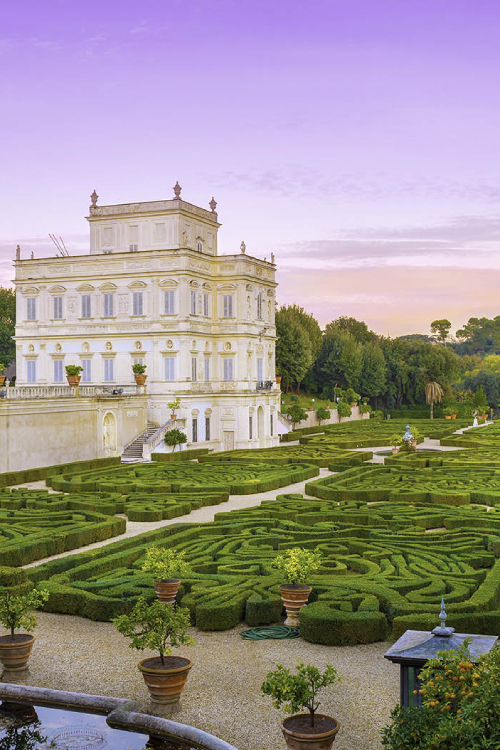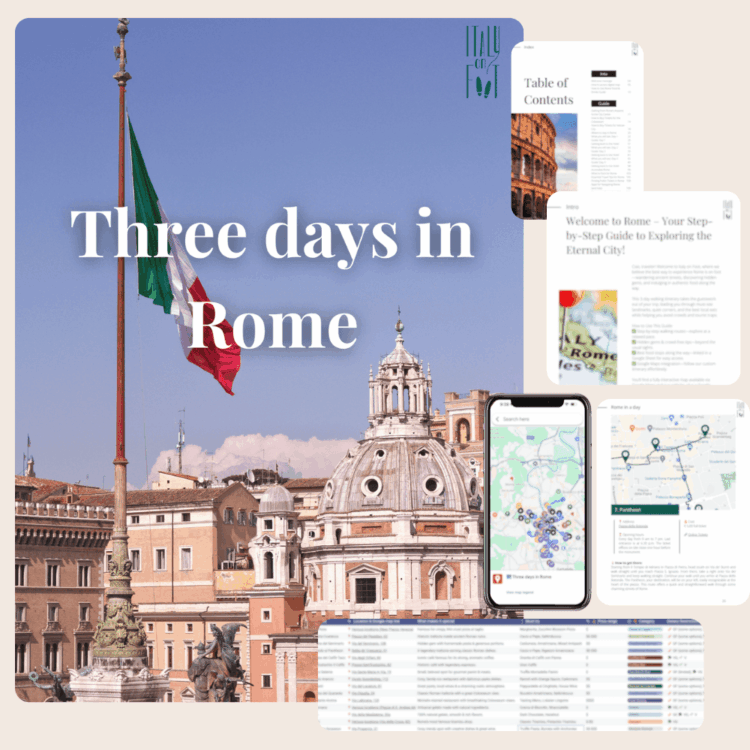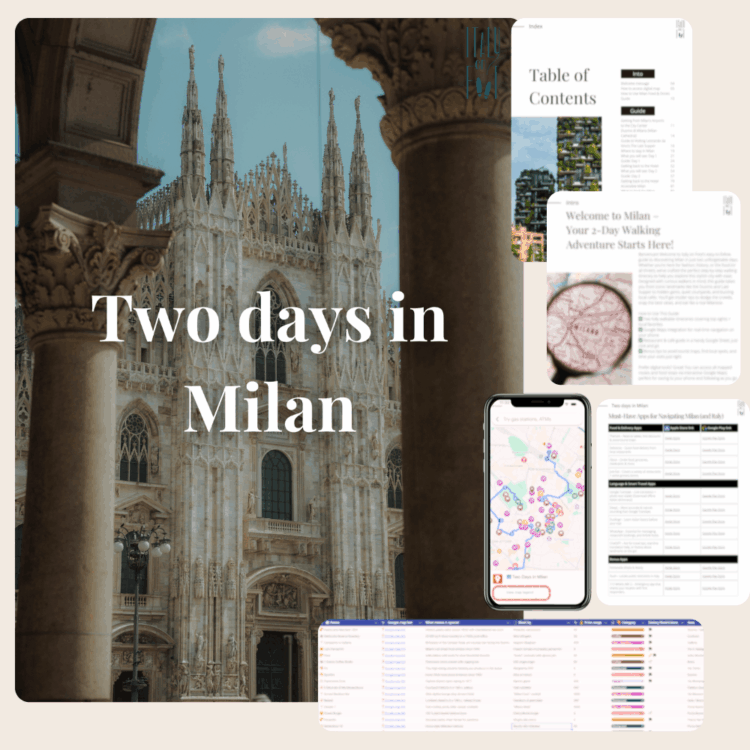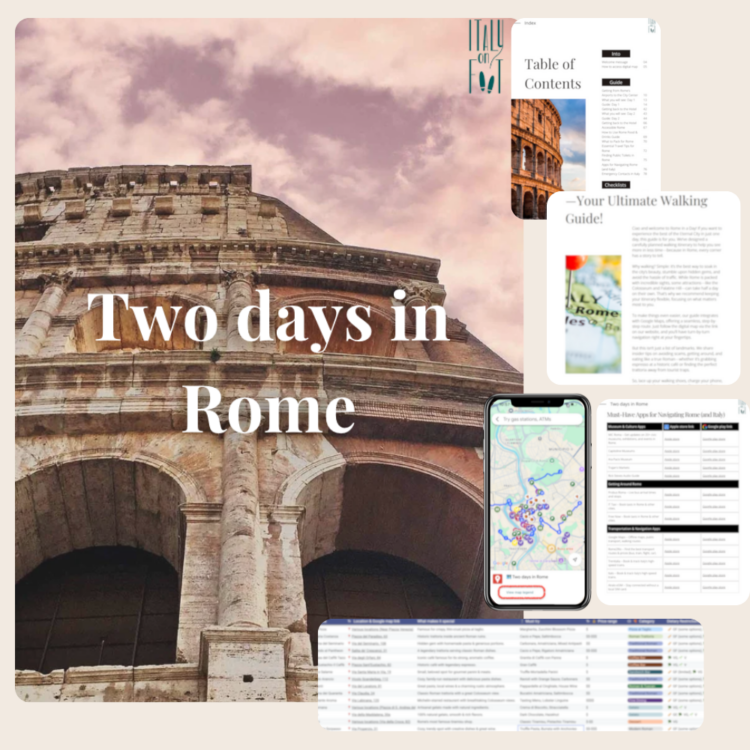Exploring the best parks in Rome is like stepping into a green paradise amidst a bustling city. These verdant retreats offer a peaceful escape and a chance to connect with nature and history.
Key Highlights
- Villa Borghese is a cultural hub with art and sculptures.
- Villa Doria Pamphilj is Rome’s largest landscaped public park.
- Villa Ada offers a semi-wild atmosphere and summer festivals.
- Villa Torlonia features Neoclassical architecture and whimsical designs.
- Parks serve as living testaments to Rome’s history and culture.
Brief Overview
Rome boasts numerous parks that provide a serene escape from urban life. Villa Borghese, with its rich collection of art, and Villa Doria Pamphilj, the largest park, are prominent. Villa Ada hosts lively events, while Villa Torlonia charms with its unique architecture. These parks not only offer lush landscapes but also reflect the city’s historical and cultural heritage.
Discovering Rome’s Green Spaces
Rome is known for its ancient history and vibrant culture, but its parks offer a different kind of allure. These green spaces provide locals and visitors with a refreshing break from city life. Let me share some insights into the most enchanting parks you should explore.
Villa Borghese: A Cultural Oasis
Villa Borghese is one of the most famous parks in Rome, nestled on the Pincian Hill. It was established in 1605 by Scipione Borghese, a cardinal with a deep appreciation for art. The park was initially a private residence, but today it serves as a cultural hub. Visitors can explore an extensive collection of Baroque and Neoclassical art housed in the Galleria Borghese. The gallery is home to masterpieces by renowned artists such as Caravaggio, Raphael, and Bernini. Beyond art, the park offers beautifully landscaped gardens, peaceful walking paths, and even a charming lake where you can rent a boat. It’s a perfect spot to relax, whether you’re an art enthusiast or just looking for a quiet place to unwind. With its combination of nature and culture, Villa Borghese truly stands out as a must-visit destination for anyone in Rome.
Villa Doria Pamphilj: Rome’s Largest Park
Villa Doria Pamphilj is the largest landscaped public park in Rome, sprawling over 455 acres on the Gianicolo Hill. This vast green space was once the private estate of the Pamphilj family, and it retains much of its historical charm. The park is a haven for joggers, cyclists, and families looking to enjoy a leisurely day outdoors. Shaded by majestic umbrella pines, it’s an ideal spot for a picnic or a relaxing stroll. The park’s historic architecture, including the impressive Villa Vecchia, adds to its allure. Nature lovers will appreciate the biodiversity, with various bird species and plant life thriving here. Villa Doria Pamphilj offers a tranquil escape from the city’s bustle, making it a favorite among locals and visitors alike. Whether you’re seeking exercise, relaxation, or a bit of history, this park has something for everyone.

Villa Ada: A Natural Retreat
Villa Ada offers a unique experience with its semi-wild atmosphere. Covering approximately 160 acres, this park is one of Rome’s largest. Once a royal hunting reserve, it retains its untamed charm with woodlands, hills, and open plains. It’s a favorite spot for nature lovers and those seeking a peaceful escape. In the summer, Villa Ada transforms into an open-air concert venue for the “Roma Incontra il Mondo” festival, drawing music enthusiasts from all over. The park is perfect for hiking, birdwatching, or simply enjoying a leisurely walk amidst nature. Its diverse landscape provides a refreshing break from city life. Families can enjoy picnics by the lake, while fitness enthusiasts can take advantage of the park’s jogging trails. Villa Ada’s blend of natural beauty and cultural events makes it a must-visit destination for those looking to explore Rome’s green side.
Villa Torlonia: A Historical Gem
Villa Torlonia is a captivating blend of history and natural beauty. Built in the early 19th century by Prince Giovanni Torlonia and architect Giuseppe Valadier, the park showcases Neoclassical architecture against a backdrop of swaying pines and palm trees. A unique feature of Villa Torlonia is the Casino delle Civette, a whimsical structure adorned with stained glass and turrets. This building reflects the prince’s philosophical leanings and adds a touch of fantasy to the park. Visitors can explore the beautifully manicured gardens and enjoy a peaceful afternoon surrounded by history and nature. The park’s charm lies in its ability to transport you to a different era, offering a glimpse into the opulent past of Rome’s aristocracy. Villa Torlonia is a hidden gem that provides a serene and picturesque setting for those wishing to explore Rome’s lesser-known historical sites.
The Role of Parks in Roman Life
In Rome, parks are more than just green spaces; they are an integral part of the city’s social and cultural fabric. They offer residents and visitors a place to relax, exercise, and connect with nature. Let’s dive into how these parks contribute to daily life in the city.
A Haven for Recreation
Parks in Rome serve as vital recreational spaces for both locals and tourists. They offer a variety of activities, from jogging and cycling to picnicking and boating. For residents, these parks provide a much-needed escape from the hustle and bustle of city life. Families often gather for leisurely afternoons, enjoying the natural beauty and tranquility. The parks are also popular spots for outdoor sports and fitness enthusiasts. With ample trails and open spaces, they cater to people of all ages seeking an active lifestyle. Additionally, the parks host numerous cultural and community events throughout the year, bringing people together and fostering a sense of community. Whether you’re a local or a visitor, Rome’s parks offer a perfect blend of relaxation, recreation, and social interaction.
Cultural and Historical Significance
Rome’s parks are steeped in history and culture, offering visitors a glimpse into the city’s rich past. Many of these green spaces were once private estates or hunting reserves for the nobility, and their transformation into public parks reflects Rome’s evolving landscape. Visitors can explore historical landmarks, such as ancient ruins, grand villas, and beautiful sculptures, all set against the backdrop of lush greenery. These parks serve as living museums, preserving Rome’s cultural heritage and offering a unique way to experience the city’s history. They provide a setting for cultural events, art exhibitions, and music festivals, enriching the lives of those who visit. By exploring these parks, visitors can gain a deeper appreciation for Rome’s historical and cultural significance, making their trip all the more memorable.
Environmental Impact and Sustainability
Rome’s parks play a crucial role in promoting environmental sustainability and biodiversity. These green spaces provide essential habitats for various plant and animal species, contributing to the city’s ecological balance. Efforts to maintain and preserve these parks are vital in combating urban pollution and promoting a healthier environment. The parks serve as green lungs for the city, improving air quality and providing natural cooling during the hot summer months. In recent years, there has been a growing focus on sustainable practices within the parks, including eco-friendly landscaping, waste reduction, and the promotion of biodiversity. These efforts not only enhance the natural beauty of the parks but also ensure their long-term preservation for future generations. By visiting and supporting these parks, individuals can contribute to the sustainability and environmental well-being of Rome.
Tips for Visiting Rome’s Parks
When visiting Rome’s parks, a little planning can enhance your experience. Here are some practical tips to help you make the most of your visit.
Best Time to Visit
The best time to visit Rome’s parks is during the spring and fall when the weather is mild and the landscapes are at their most vibrant. Spring brings blooming flowers and lush greenery, making it an ideal time for a stroll or a picnic. Fall offers cooler temperatures and stunning autumn colors, providing a picturesque setting for outdoor activities. During the summer months, the parks can be a welcome escape from the city’s heat, but it’s best to visit early in the morning or late in the afternoon to avoid the midday sun. Regardless of the season, weekends tend to be busier, so weekdays are preferable for a quieter experience. By choosing the right time to visit, you can fully enjoy the beauty and tranquility of Rome’s parks.
What to Bring
When heading to Rome’s parks, it’s essential to pack a few items to ensure a comfortable visit. Start with a reusable water bottle to stay hydrated, especially during the warmer months. Comfortable walking shoes are a must, as you’ll likely be exploring various trails and paths. A picnic blanket can enhance your experience, providing a spot to relax and enjoy the scenery. If you’re visiting during the summer, don’t forget sunscreen and a hat to protect yourself from the sun. A camera or smartphone is also handy for capturing the park’s beauty and any memorable moments. By bringing these essentials, you can make the most of your time in Rome’s parks.
Getting There and Around
Rome’s parks are easily accessible by public transportation, making them convenient to visit. Most parks are well-connected by buses or trams, and some are within walking distance of major attractions. For those exploring on foot, a map or smartphone with GPS can help navigate the park’s trails and attractions. Many parks offer bike rentals, providing a fun and eco-friendly way to explore the area. If you’re planning to visit multiple parks, consider using the city’s bike-sharing program for a seamless experience. Keep in mind that some parks have restricted vehicle access, so it’s best to check in advance if you’re planning to drive. By planning your transportation, you can enjoy a stress-free experience exploring Rome’s parks.
Rome’s parks offer a unique blend of history, culture, and natural beauty. They provide a serene escape from the city’s hustle and bustle, offering visitors a chance to relax and connect with nature. Whether you’re exploring art at Villa Borghese, enjoying a leisurely day at Villa Doria Pamphilj, or attending a lively music festival at Villa Ada, these parks promise a memorable experience. Each park highlights a different aspect of Roman life, from ancient history and aristocratic elegance to vibrant cultural events and outdoor recreation. Visiting Rome’s parks is not just about escaping into nature; it’s about experiencing the city’s rich heritage and dynamic culture in a setting that feels intimate and expansive at the same time. These parks invite you to discover lesser-known corners of Rome, offering a deep breath of fresh air and a moment of peace amidst the historical and architectural grandeur. With their blend of natural beauty and cultural significance, Rome’s parks are truly among the city’s greatest treasures, waiting to be explored and enjoyed by all who visit. In a city where history and modern life coexist, Rome’s parks remind us of the joys of slowing down, appreciating the simple pleasures, and connecting with the natural world. As you plan your next trip to Rome, make sure to set aside time to wander through these lush landscapes and immerse yourself in the serene and captivating atmosphere only Rome’s green spaces can offer.



